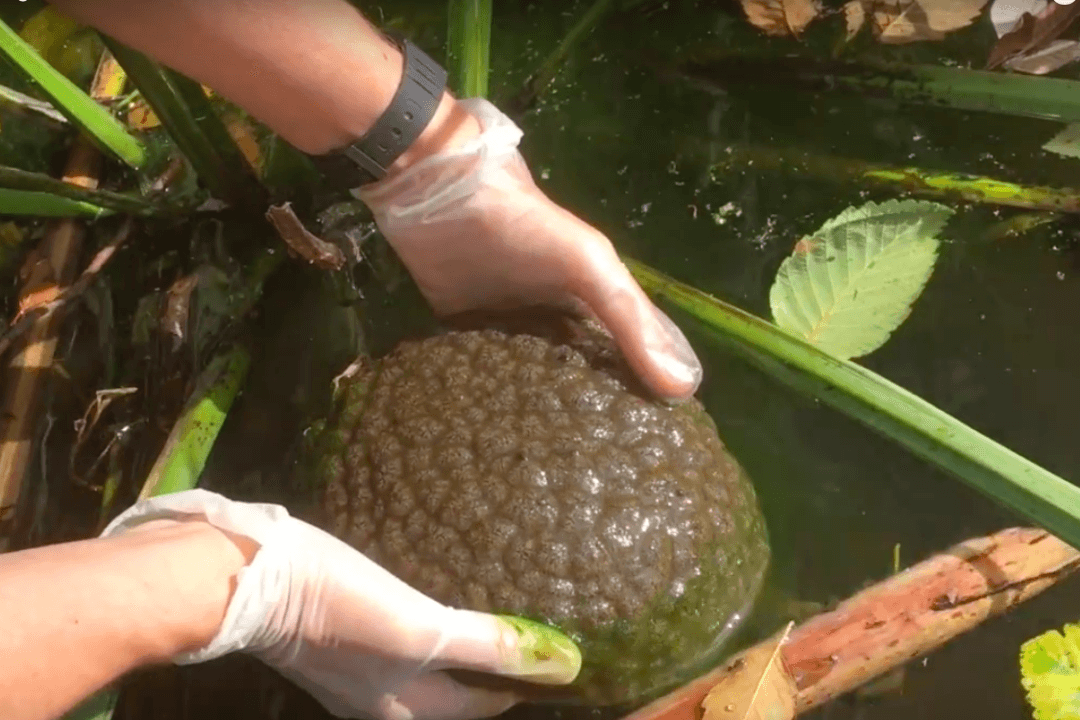Sitting in still water like cryogenic alien brains, these slimy mysterious blobs aren’t something you'd expect to find outside of a special effects department, let alone in a city park.
But even scientists who specialize in studying this bizarre life-form are surprised to learn they have found a home in the Stanley Park lagoon, in Vancouver, Canada, where a video of their discovery has prompted quite a stir.





